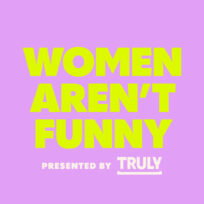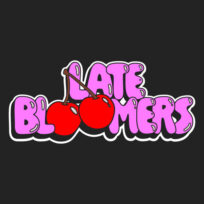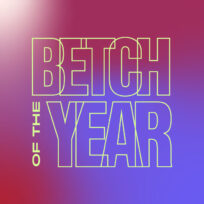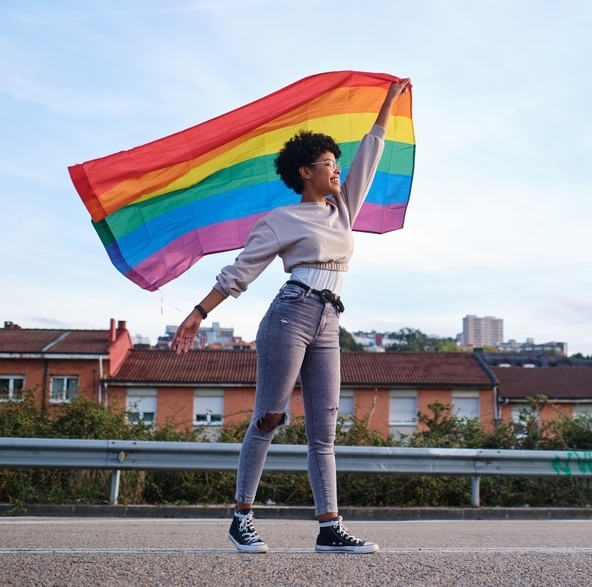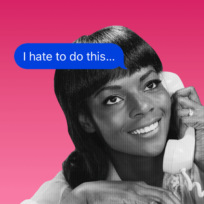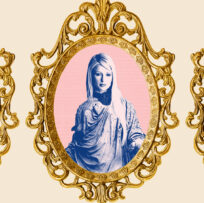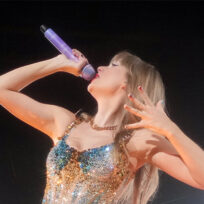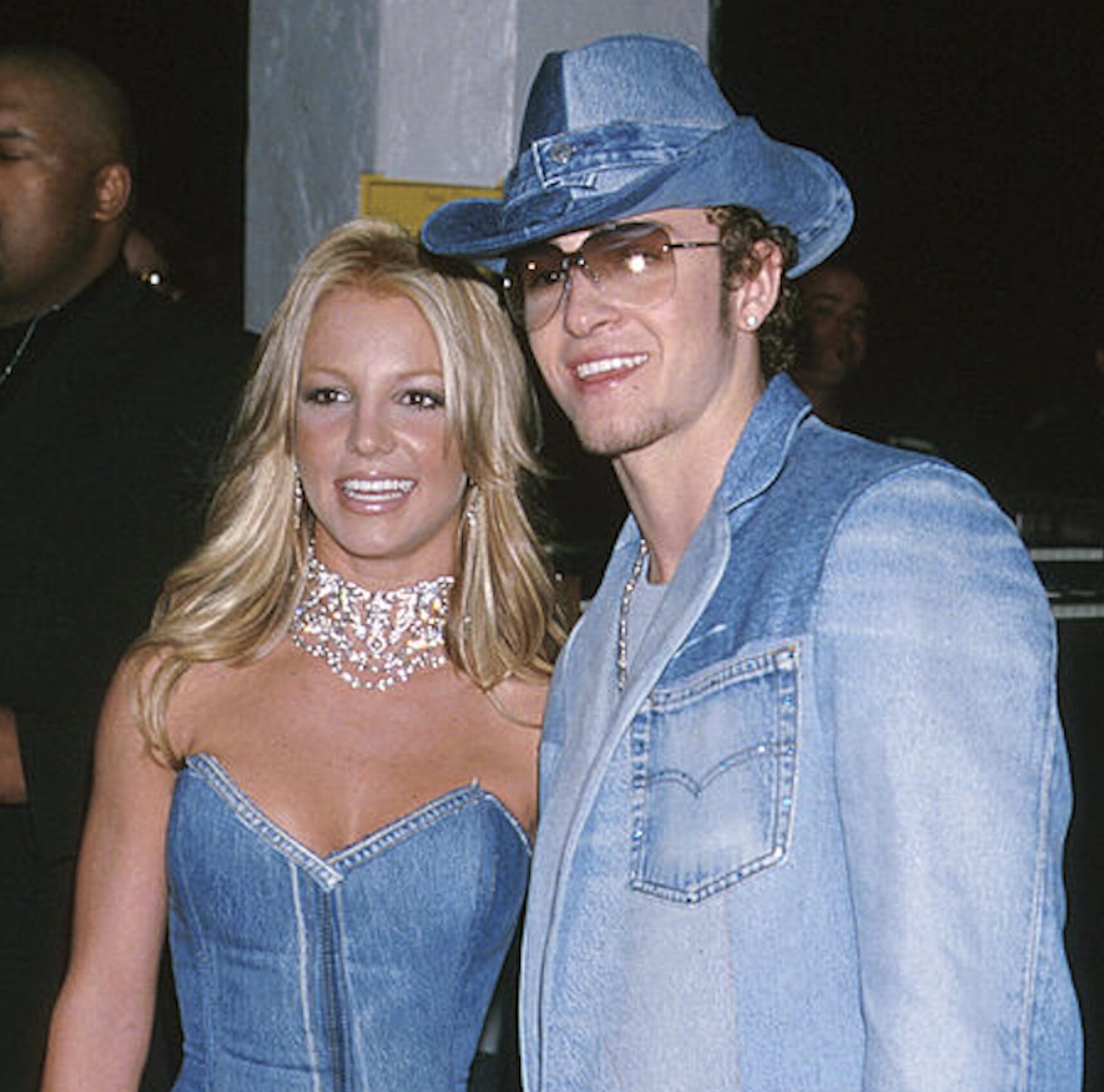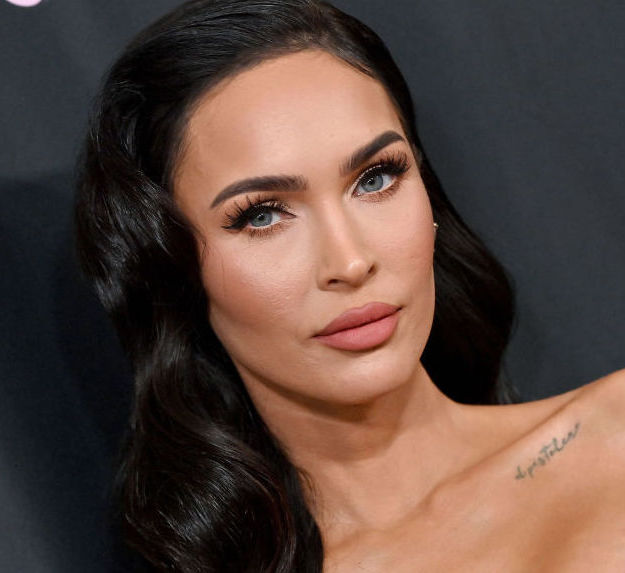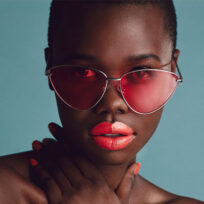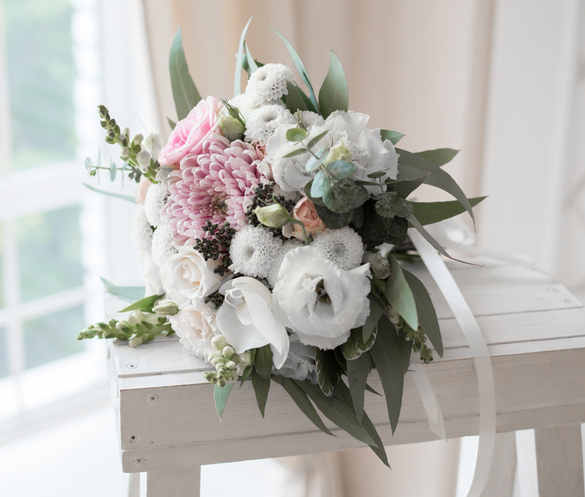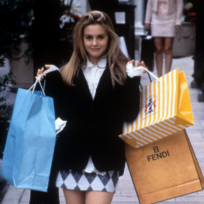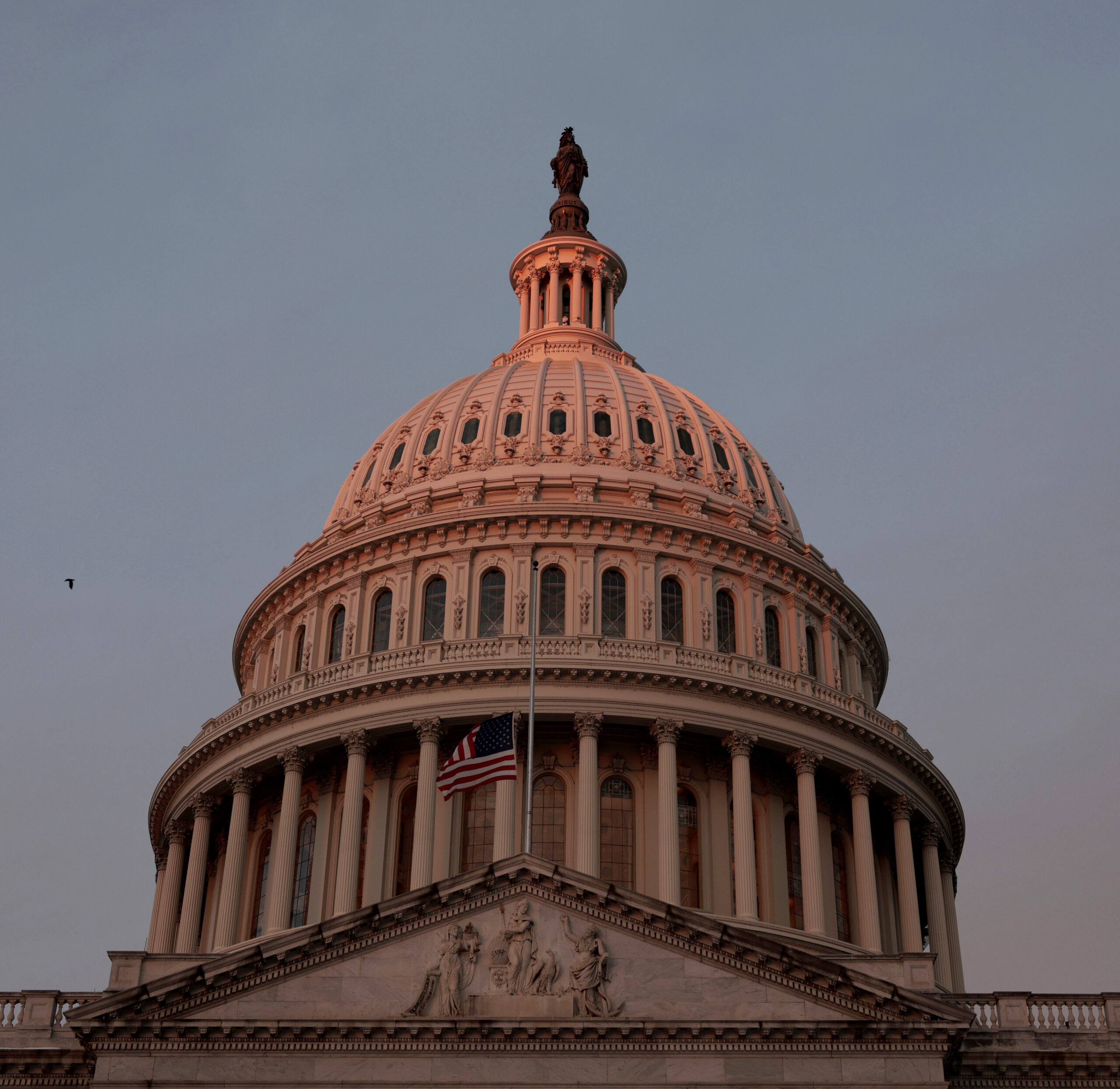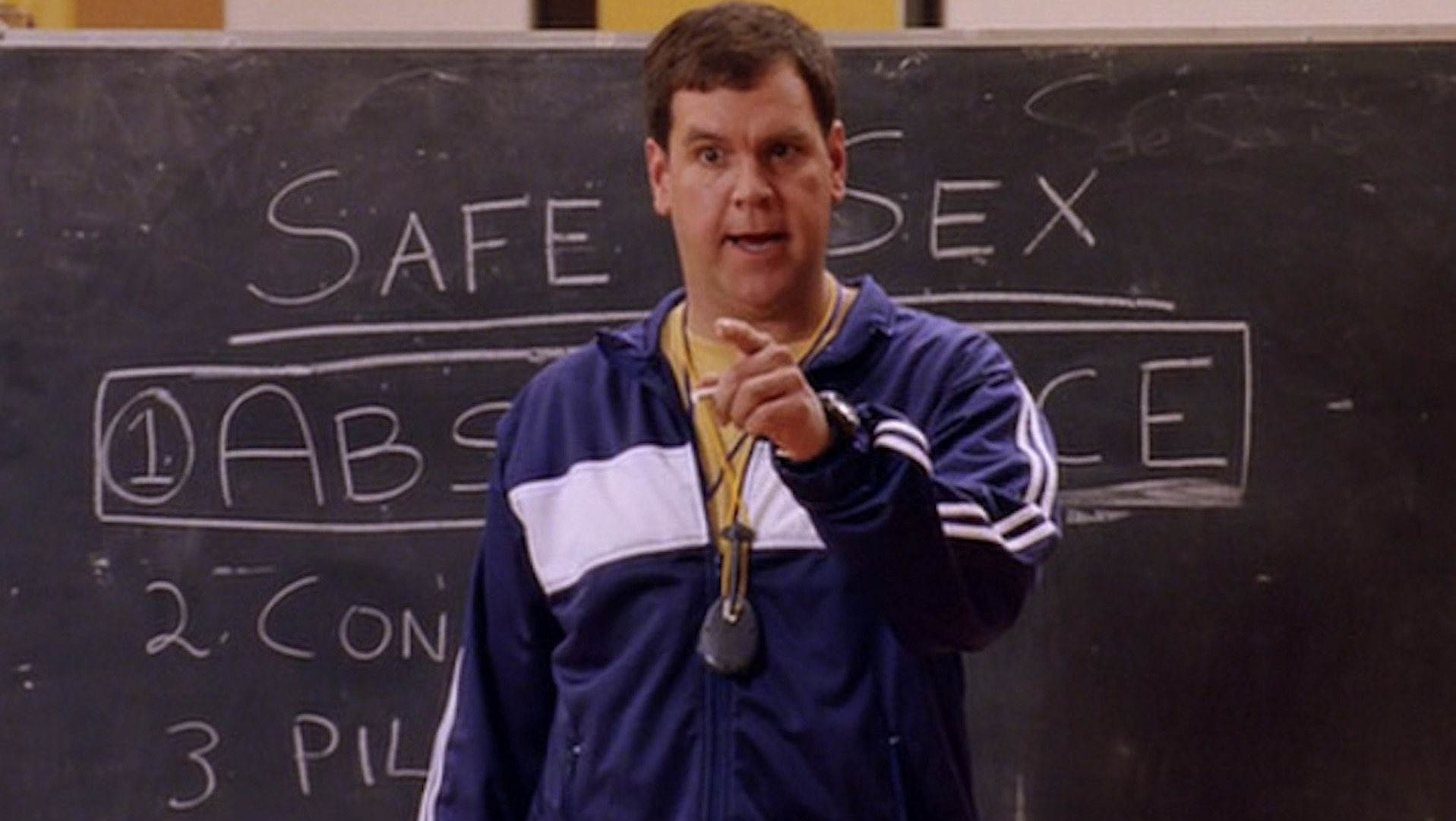Search the word “ovulation” on X, and one of the top posts is a photo of Patrick Star with glossy lips and a vagina with the caption “currently ovulating.” Search the word on TikTok, and things get even weirder. “That [ovulating] is the closest you get to being a werewolf,” says one podcaster, Maya Umemoto Gorman. “It’s the government’s best bet to chain me the f*ck up when I’m ovulating,” says another TikToker in a video. According to the internet, ovulation isn’t just the natural process that occurs within the menstrual cycle, but some mystical, divine feminine magic that turns women into feral horn dogs once a month.
Now, the word has taken over pop culture, often being used to portray a woman in heat. When it’s revealed that Chelly slept with two people in one night in Season 7 of Love Island, Olandria replies, “She was ovulating.” Even Lorde talks about ovulation like it’s pure heroin (pun intended). “When I ovulated for the first time, I cannot describe to you how crazy it was,” she told Rolling Stone in her May cover story. “One of the best drugs I’ve ever done.”
So, why is ovulation on so many people’s minds? And why are they making it out to be some type of magic that makes women one full moon away from howling?
The truth about ovulation
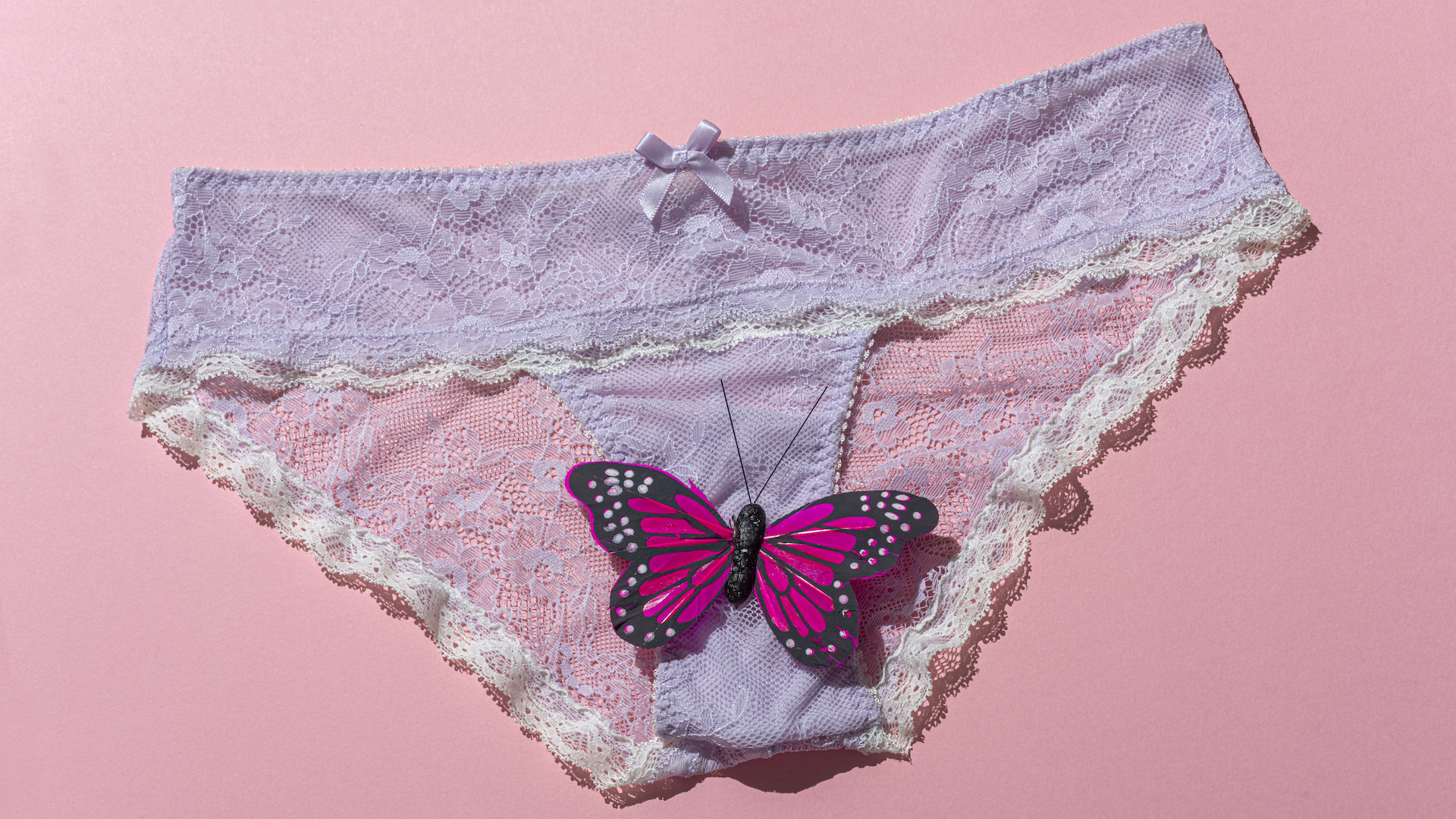
To understand the question, it’s important to understand what ovulation really is. Contrary to pseudo-Lorde logic, ovulation is part of the menstrual cycle in which an egg is released from an ovary. It’s when “a bunch of follicles start to grow and mature, making higher and higher estrogen levels. The high estrogen first triggers a peak of luteinizing hormone (LH), which triggers the release of an egg,” Dr. Jerilynn C. Prior, founder of Centre for Menstrual Cycle and Ovulation Research and the just-retired Professor of Medicine/Endocrinology at the University of British Columbia, told me. Not all menstrual cycles even have an ovulatory phase. Most people have been taught that it’s this rise in hormones during the cycle that makes menstruating people horny.
But, said Dr. Prior, “it’s a misunderstanding.” While some people may feel that an increase in hormones makes them slightly more aroused, ovulation doesn’t directly correlate to an increase in arousal. Dr. Prior pointed to a 2021 study that surveyed over 60 women daily about their interest in sex throughout their menstrual cycle. It showed absolutely no increase in interest.
This isn’t the first time that myths have surrounded menstruation. For centuries, people believed women were crazy or hysterical because periods make women “overly emotional” and “hormone-driven.” “The notion about negative moods caused by hormones (ignoring what is going on in that person’s life and relationships) is simply misogyny. Hormones likely have both positive and negative influences on our feelings. But the changes are subtle and are subject to our conscious choices and options,” continued Dr. Prior. It’s this same outdated bioessentialism that was used to justify transphobia and patriarchal ideas.
Let the horn dogs out
If ovulation doesn’t actually turn women into middle school boys seeing boobs for the first time, why is everyone talking about it like it does? “My instinct is it could reflect the persistent fear of slut shaming, the cultural discomfort around women’s sexuality,” said Chris Bobel, a menstruation activist and author of New Blood: Third-Wave Feminism and the Politics of Menstruation. “If someone has a one-night stand, then in order to deflect the judgment, they can blame their hormones. We come up with a linguistic device to protect our respectability.”
In other words, the current trend uses ovulation to discretely express that women actually get (gasp) horny. Saying, “I was ovulating,” becomes a scapegoat for drooling over Helen Mirren. Still, it doesn’t need to be: She’s justifiably hot (and I mean that), and more importantly, women are sexual beings!
But it’s hard out here for a hoe, especially when culture is becoming increasingly sex-averse and historically condemns women’s sexuality. Gen Z is dubbed the generation of virgins as a 2022 survey from the Kinsey Institute found one in four Gen Z adults have never had sex. Gen Z largely doesn’t want to see sex on-screen or have sex with themselves. Research from the University of Indiana found a decrease in masturbation amongst young people. In 2009, 28% of young men and 49% of young women did not masturbate. By 2018, that number had risen to 43% and 74% respectively.
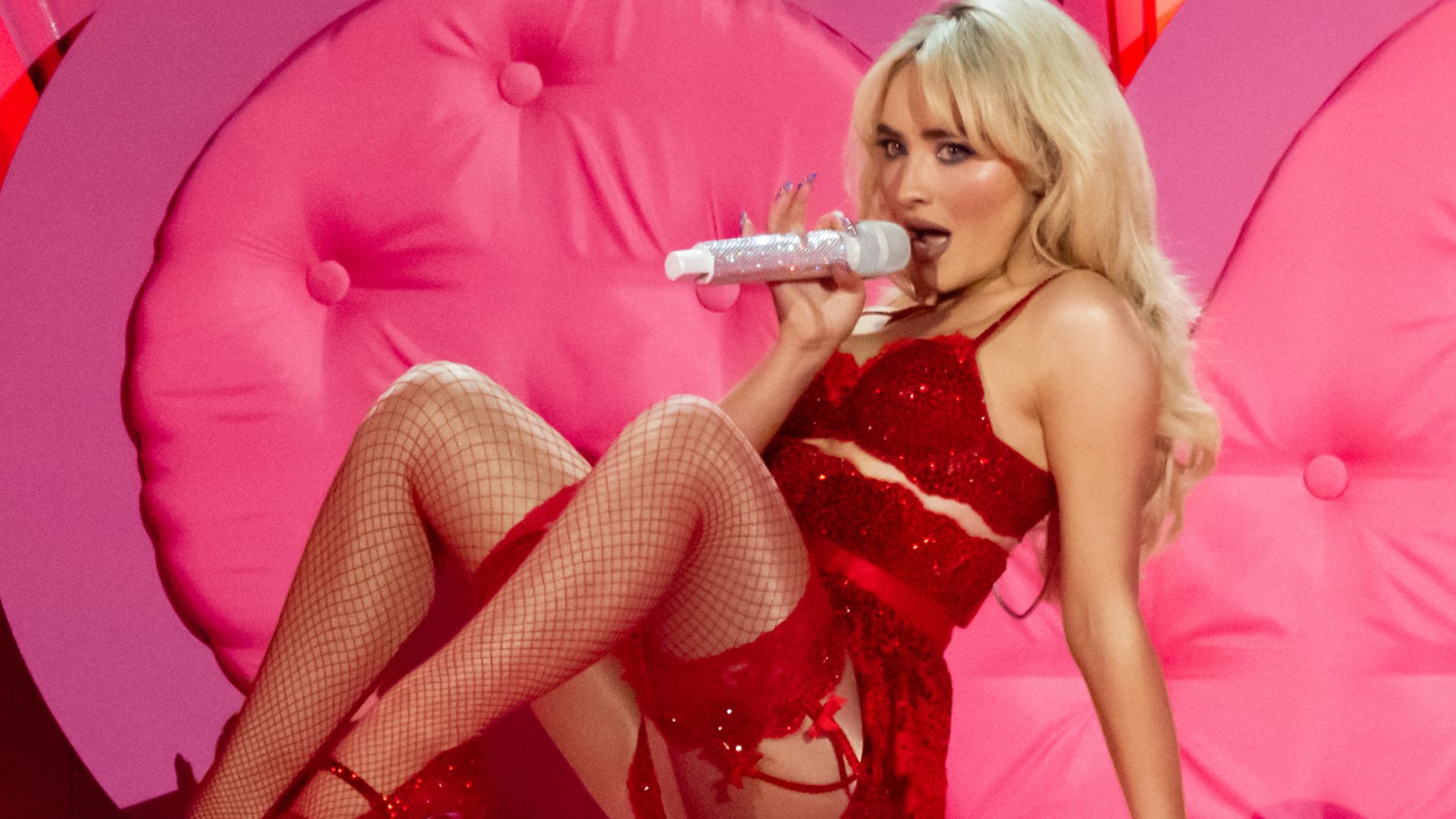
Now add being a woman on top of a sexless society — that’s a dynamic duo for scrutiny. Just look at Sabrina Carpenter: She let her freak flag fly and faced the consequences. Her album cover for Man’s Best Friend, in which she’s on her knees before a man with his hands in her hair, was met with much criticism, with people calling her overly sexual and complicit in women’s oppression. Carpenter walks in the footsteps of pop icons before her who were shamed for being horny in public. Remember Miley Cyrus’ Bangerz era? Apparently, swinging on a wrecking ball in scant clothing is a crime.
“We’re not at a place in the 21st Century where women can be unapologetically sexual,” Bobel continued. Certainly not in 2025 when manosphere misogyny and tradwives have grown in popularity. Manosphere influencers who preach that women should dress modestly, alongside tradwife trends that conjure fantasies of 1950s housewives and unsexy heterosexual marriages, bolster a culture of shame around women’s sexuality. Understandably, women might internalize this shame, disguising their inner feral demon behind jokes about ovulation.
But women don’t need a biological excuse to be horny — especially one that’s not really true and perpetuates the idea that women are driven by their hormones. In 2025, it’s time to let women be freak-nasty — anytime, anywhere.
